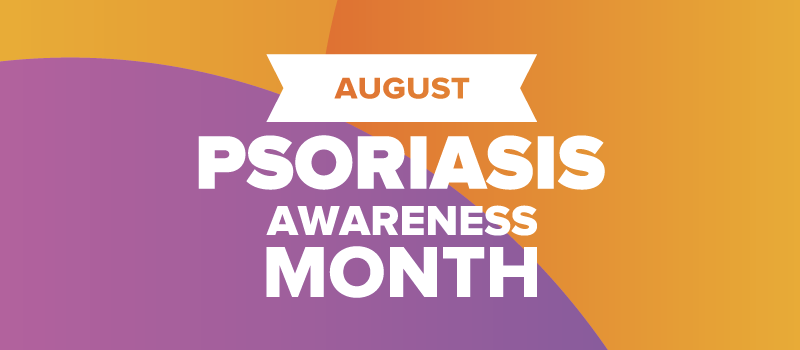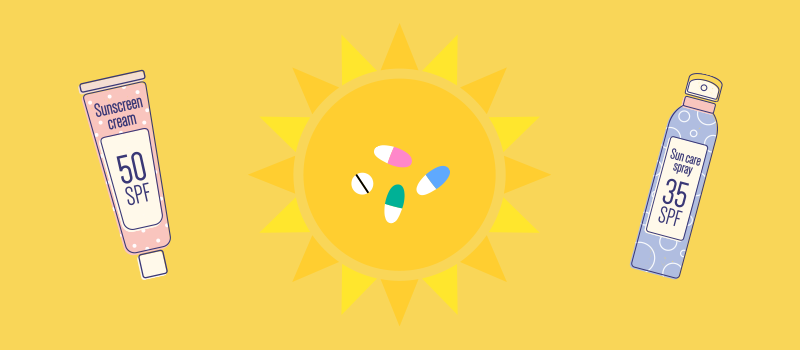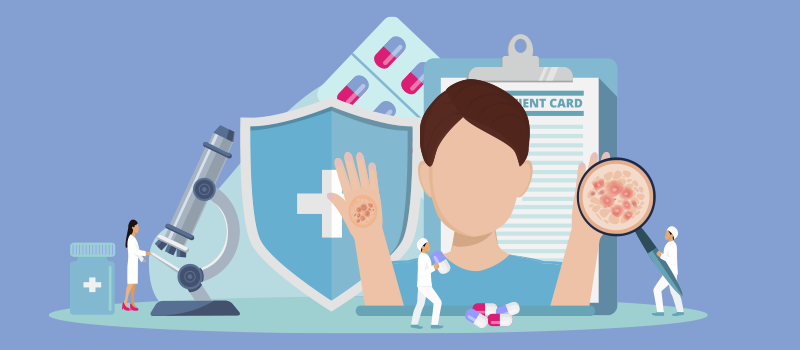What’s the Buzz
The Bee Healthy Blog
5 Perioral Dermatitis Treatment Options

Perioral dermatitis is a common skin condition that can affect people of all ages, races, and ethnicities. Due to its appearance, perioral dermatitis can often be mistaken for acne. Please continue reading to learn about the treatment of perioral dermatitis.
What does perioral dermatitis look like?
Perioral dermatitis is a skin condition that can cause a rash on your face, but especially around your mouth, as the name indicates. “Peri” means “around,” and “oral” means of or relating to the mouth. The appearance of a red rash around your mouth is a good indicator of perioral dermatitis. The affected skin can appear dry, scaly, or flaky. It can cause an itching or burning sensation in the affected area. The rash around the mouth may be accompanied by swollen, inflammatory papules. Additionally, there can also be vesicles (clear fluid-filled bumps) or pustules (white fluid-filled bumps).
There is an irregular version of this skin condition called granulomatous perioral dermatitis, which is characterized by yellowish bumps instead of red bumps. Children are more likely to develop granulomatous periorificial dermatitis. Lupoid perioral dermatitis is a severe form of this skin condition associated with larger, thicker, red-brown papules that can result in permanent scarring.
The rash around your mouth can spread to the nose, nasolabial folds (often referred as the smile lines or laugh lines), and around the eyes. At this point, this skin condition is no longer perioral dermatitis, but it has become “periorificial dermatitis.”
In rare cases, the rash can appear on your genitals. Even rarer, the rash can spread to the scalp, ears, neck, trunk, or limbs. Some patients with perioral dermatitis develop conjunctivitis (pink eye).
What causes perioral dermatitis?
The exact cause of perioral dermatitis is not yet known. However, the use of steroids has been identified as one of the possible causes of perioral dermatitis. This includes the use of topical steroids (creams, lotions, and ointments) and inhaled steroids.
Anyone can develop perioral dermatitis. This skin condition can affect children of any age. While perioral dermatitis can develop in children and men, women between the ages of 25 and 45 years who use topical glucocorticosteroids are at greatest risk. Other potential causes of perioral dermatitis include:
-
Nasal steroids or inhaled steroids
-
Heavy moisturizers, facial creams, sunscreen, cosmetics or makeup
-
Fluorinated toothpaste
-
Chewing gum
-
Dental fillings
-
Hormonal changes or use of oral contraceptive pills
-
Immune system problems
-
A dysfunctional skin barrier
-
Changes in the microflora of the skin
-
Stress
There are various theories about which microorganisms cause perioral dermatitis. While the exact causes have not been solidified, one of the theories is that this skin condition is caused by a bacterial infection from follicular fusiform, a type of bacteria that can present around the mouth. Candida albicans (a fungus) and Demodex mites are theorized to be potential culprits.
Is perioral dermatitis contagious?
Perioral dermatitis is not contagious. It does not spread from person to person through touch, kissing, or shared items.
How is perioral dermatitis diagnosed?
Perioral dermatitis is commonly mistaken for acne. Your primary care physician or dermatologist can make a diagnosis of perioral dermatitis based on your history and clinical presentation. They may order a skin biopsy to rule out a differential diagnosis of other skin conditions, such as contact dermatitis or atopic dermatitis. If Candida (fungus) is suspected to be contributing to perioral dermatitis, your dermatologist may do a skin scraping and potassium hydroxide test.
What can I use to treat perioral dermatitis on my face?
The first step in perioral dermatitis therapy is to identify and eliminate the cause. You should stop using any products that could be causing skin irritation and perioral dermatitis, such as topical steroids, inhaled steroids, face creams and moisturizers, sunscreen, cosmetics, makeup, fluorinated toothpaste, and chewing gum. It is not unusual for perioral dermatitis to get worse before it gets better when you stop using topical steroids on facial skin. Treatment of perioral dermatitis consists of the following:
Topical therapies
-
Topical antibiotics such as erythromycin, clindamycin lotion, or gel
-
Topical metronidazole gel or cream
-
Topical calcineurin inhibitors such as pimecrolimus or tacrolimus ointment
-
Azelaic acid gel
-
Topical adapalene
-
Sulfur preparations
Oral medications
-
An oral antibiotic such as minocycline, doxycycline, or tetracycline
-
Oral erythromycin in preadolescents and pregnant women
-
Oral isotretinoin at low doses
Photodynamic therapy
Topical application of 5-aminolevulinic acid (ALA), which is a photosensitizer, and blue light activation can help to clear perioral dermatitis.
What do dermatologists recommend for perioral dermatitis?
As mentioned, it is common for perioral dermatitis to flare up after stopping the causative agent, such as the use of topical steroids on the face, certain cosmetics or toothpaste — referred to as “zero-therapy.” Following up with a board-certified dermatologist for long-term management can be beneficial for you.
If you have been on topical steroids for a long time, using a very low-dose topical steroid with 0.1% to 0.5% hydrocortisone cream can be tried initially to wean off the topical steroid completely. Keep in mind that potent topical steroids should never be used in this case.
Topical medications and oral antibiotics are often used together to treat perioral dermatitis. Your dermatologist will recommend the most appropriate treatment based on your age, the severity of your perioral dermatitis, medical history, allergy, preference, and insurance coverage. For example, studies have shown that topical calcineurin inhibitors are most effective in treating pediatric periorificial dermatitis.
Follow your dermatologist’s treatment plan carefully, including a modified skin care routine, including use of a fragrance-free cleanser and fragrance-free moisturizer as advised.
What is the best treatment for perioral dermatitis?
Treatment for perioral dermatitis should be individualized for the best result.
For mild cases in adult patients, as well as children and pregnant women, topical therapy with metronidazole or erythromycin is recommended. A study has supported the effects of pimecrolimus cream in adult patients, especially in cases of steroid-induced perioral dermatitis. Adapalene, a topical acne medication, has been used as well in open studies. Keep in mind that the non-greasy form of these topical therapies is recommended, such as cream, lotion, and gel; ointments should be avoided.
In more severe cases of perioral dermatitis, systemic treatment is necessary. Doxycycline and minocycline are the drugs of choice in these cases. Oral erythromycin is recommended for pediatric patients. If improvement is not achieved with doxycycline or minocycline, oral isotretinoin may be recommended as the next step.
What is the treatment course for perioral dermatitis?
Most cases of periorificial dermatitis resolve with treatment, although it can take weeks, months, or even years to have perioral dermatitis successfully treated. Without treatment, the condition can become permanent.
Can perioral dermatitis come back?
Yes, perioral dermatitis can come back even after successful treatment. If it keeps coming back, perioral dermatitis can turn into rosacea, a chronic inflammatory skin condition with red papules on the nose and cheeks.
How to prevent perioral dermatitis?
It’s highly recommended that you avoid using topical corticosteroids on your face and be mindful if you are prescribed topical steroids for use on the face. Make sure you understand the directions about where to apply the medicine and how long to continue the treatment.
If you notice symptoms, seek treatment for perioral dermatitis without delay. It can take a few weeks to notice a significant difference in your symptoms after starting treatment for perioral dermatitis. Severe cases can take several months or longer to clear.
References:












SOCIAL